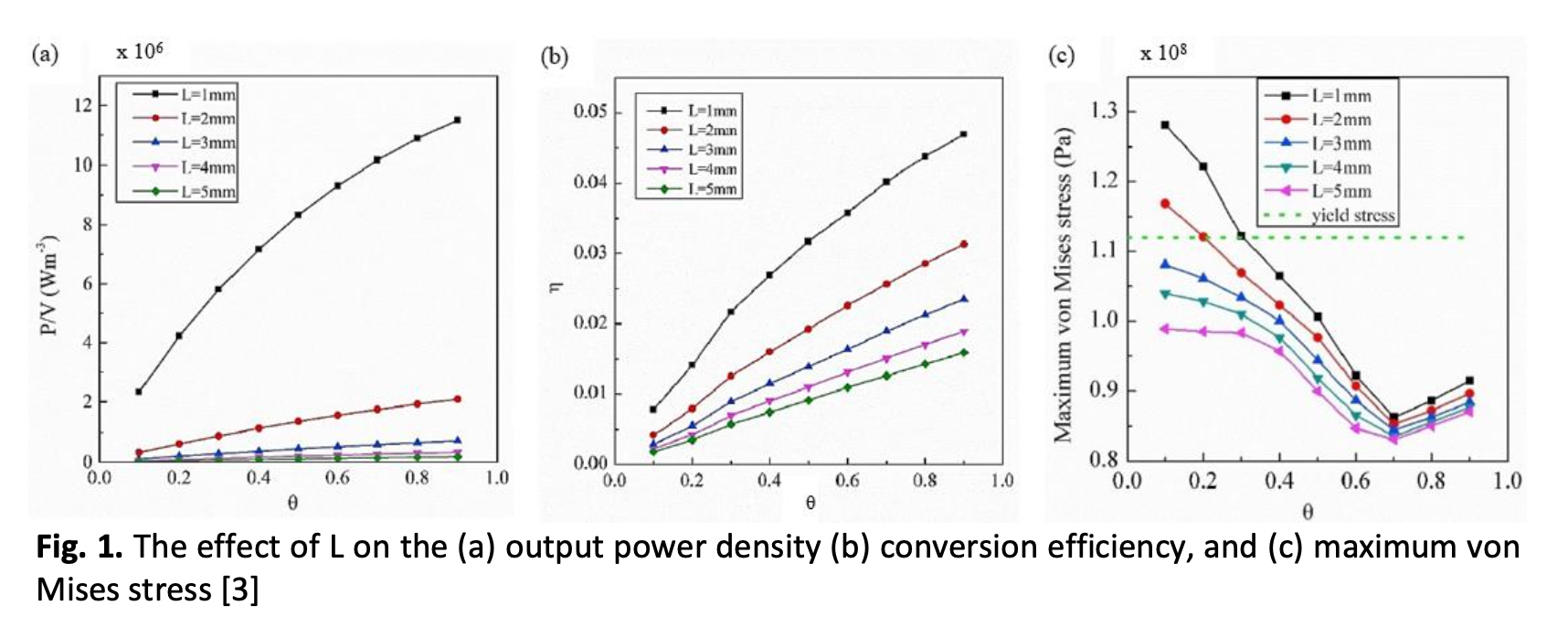A Review on Thermoelectric Generators: Structural Optimization and Economic Analysis
DOI:
https://doi.org/10.37934/arfmts.105.2.99114Keywords:
Waste heat recovery, thermoelectric generator, structural optimization, economic analysisAbstract
The interest in recovering waste heat has resurged in recent years due to growing concerns about the energy crisis and global warming. A thermoelectric generator (TEG) is regarded as an environmentally-friendly technology for capturing and recovering waste heat by directly converting heat to electrical energy via the Seebeck effect. The critical challenge in improving this technology is the low conversion efficiency of the TEG device, thus limiting its application to a niche area. The structural optimization of TEG has been the subject of extensive research over the past few years. Nonetheless, there is currently a lack of review studies focusing on TEG structural optimization, and to the best of our knowledge, only one review paper associated with this key area is available in the literature. This work presents an analysis of the ongoing research progress of TEG structural optimization with a focus on the thermoelectric leg length, leg cross-sectional area, angle of the legs, and leg shape. In addition, the economic analysis of the application of TEG in recovering waste heat is also presented to rationalize the economic feasibility of this technology compared to other existing technologies.
Downloads

































